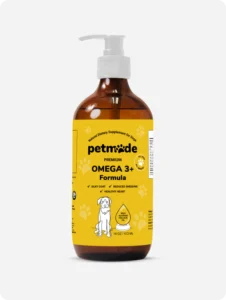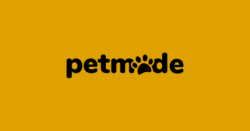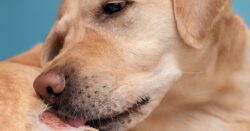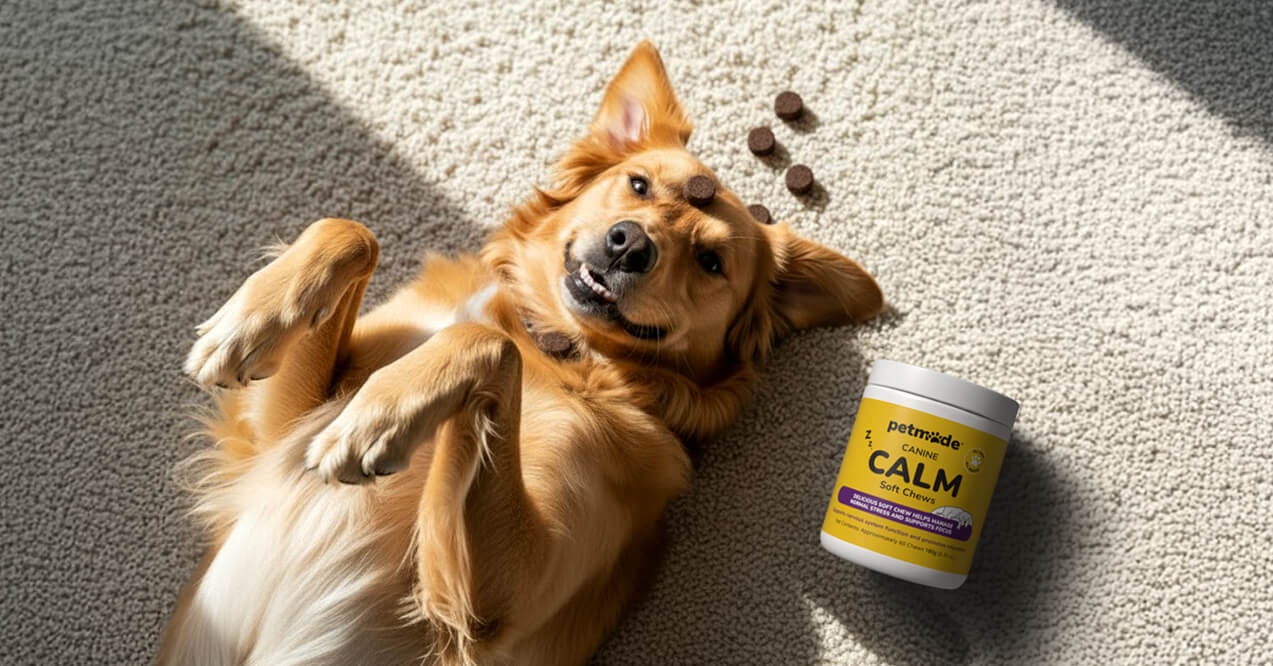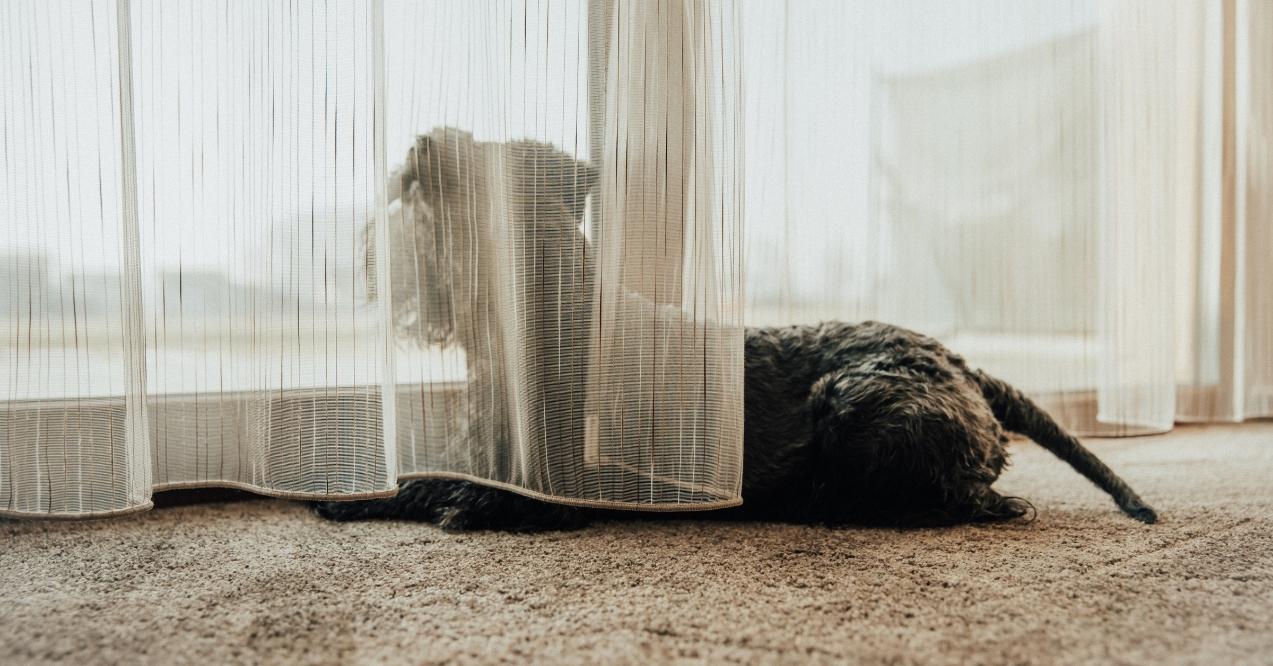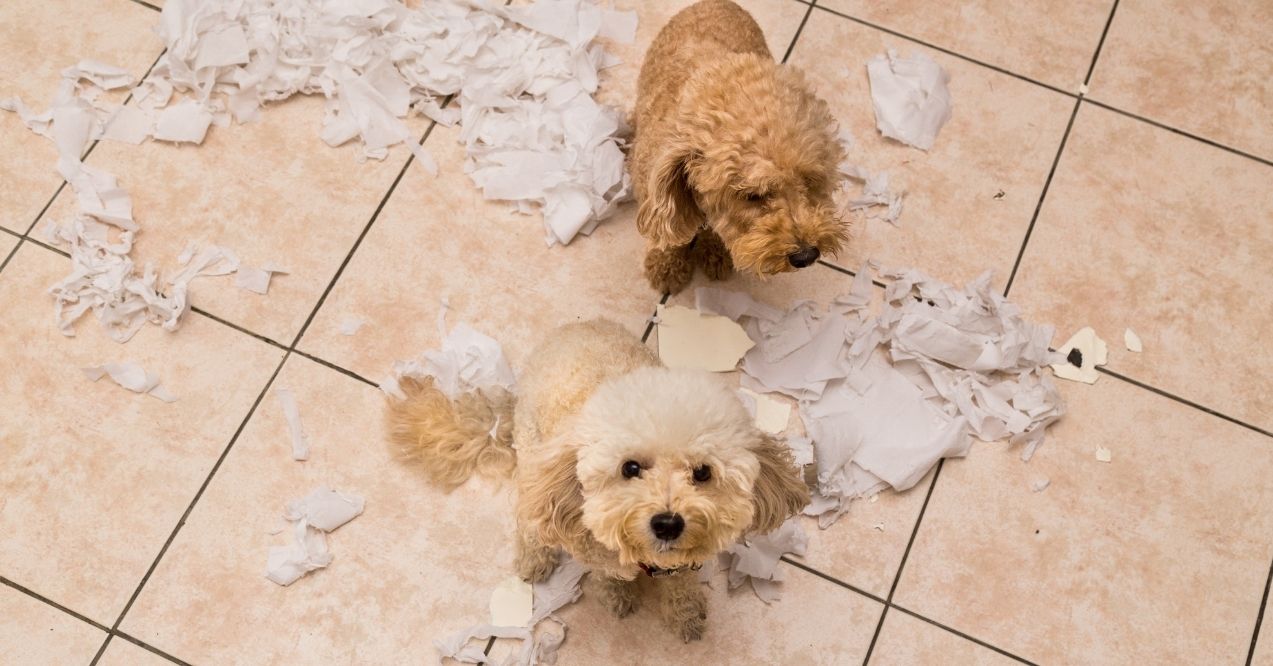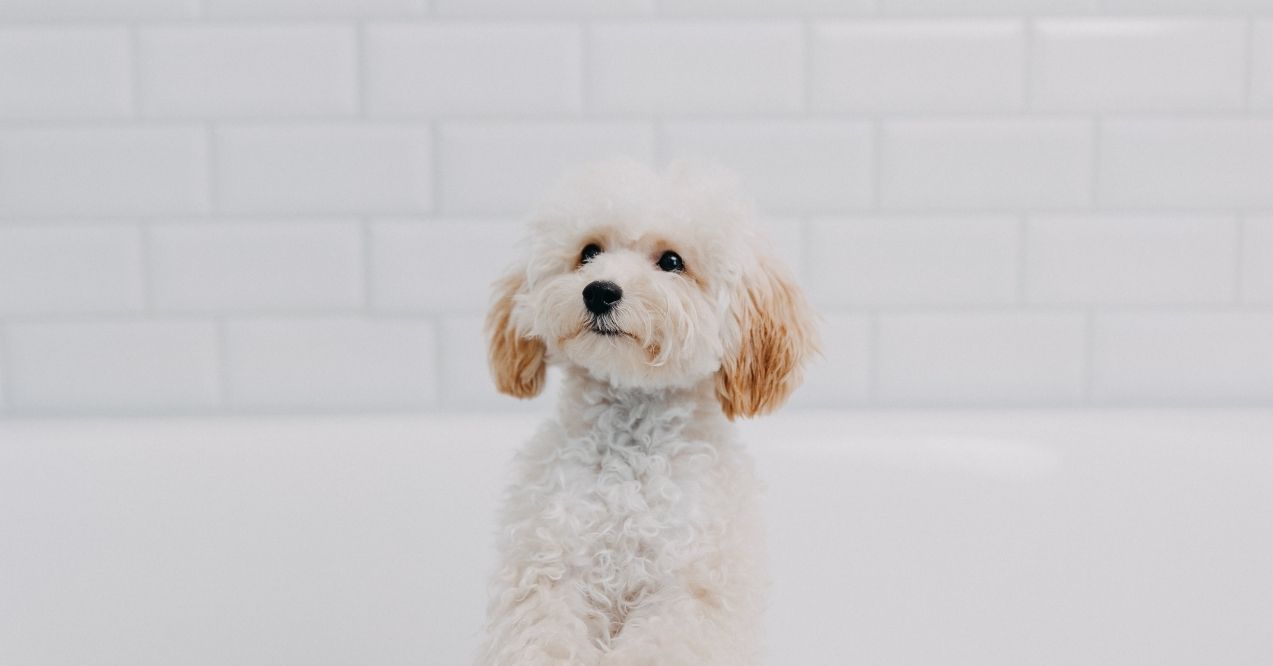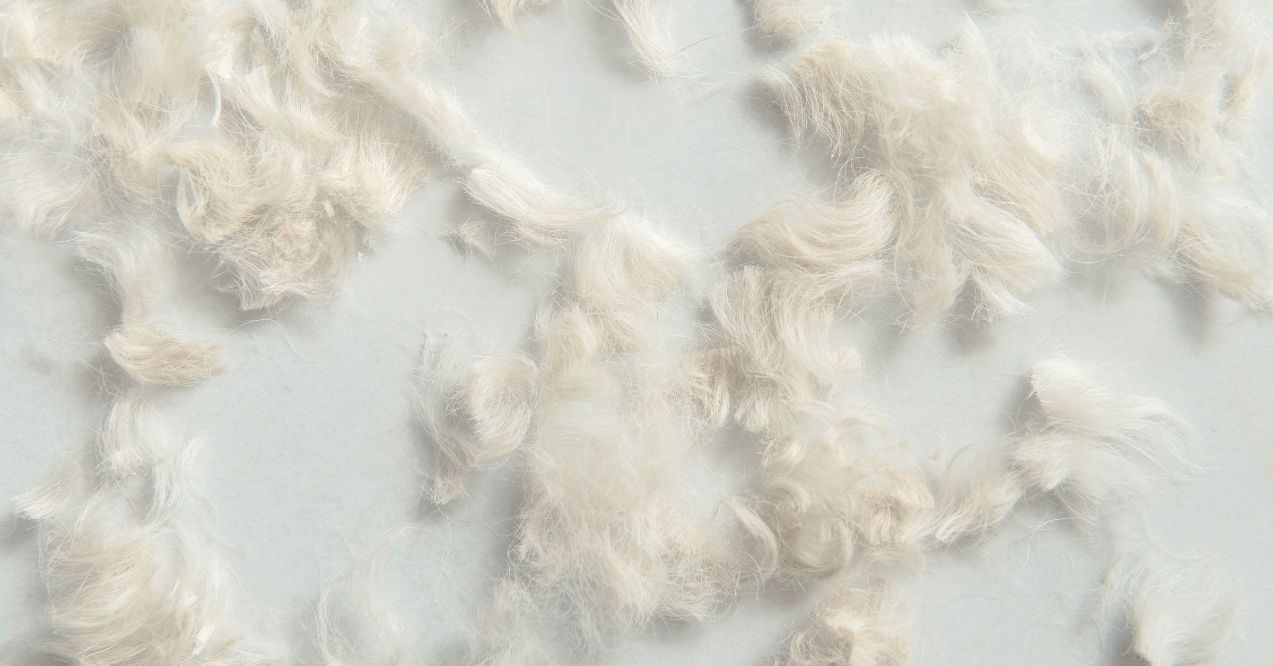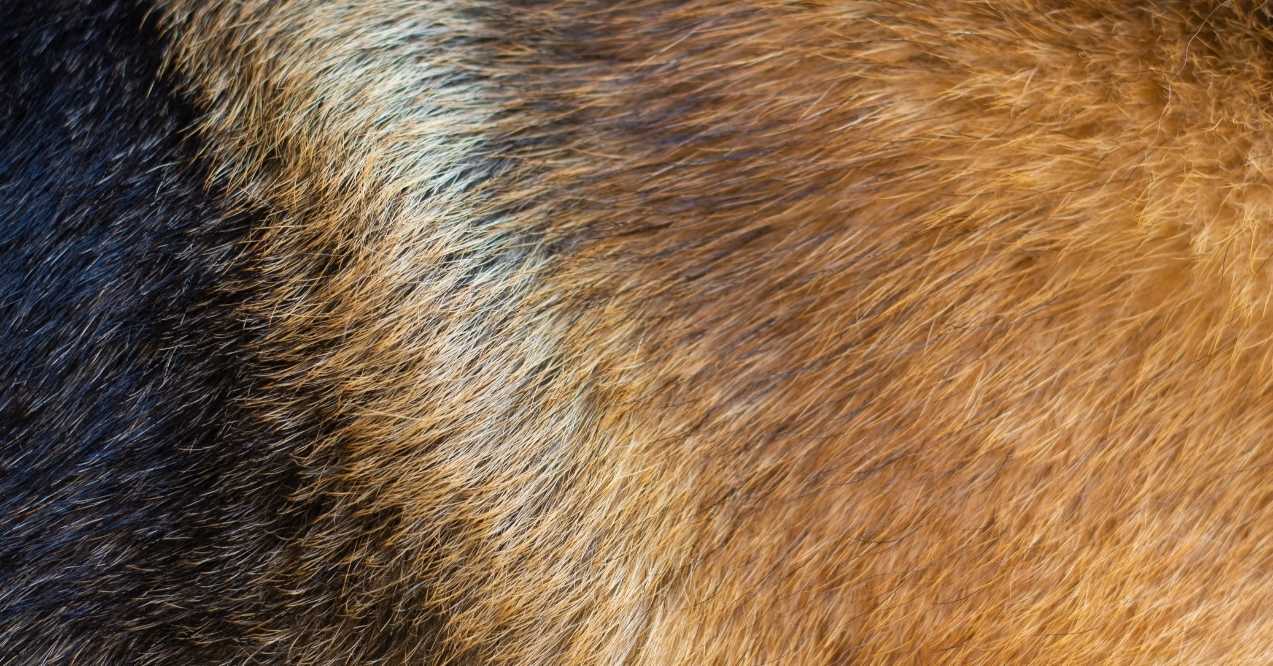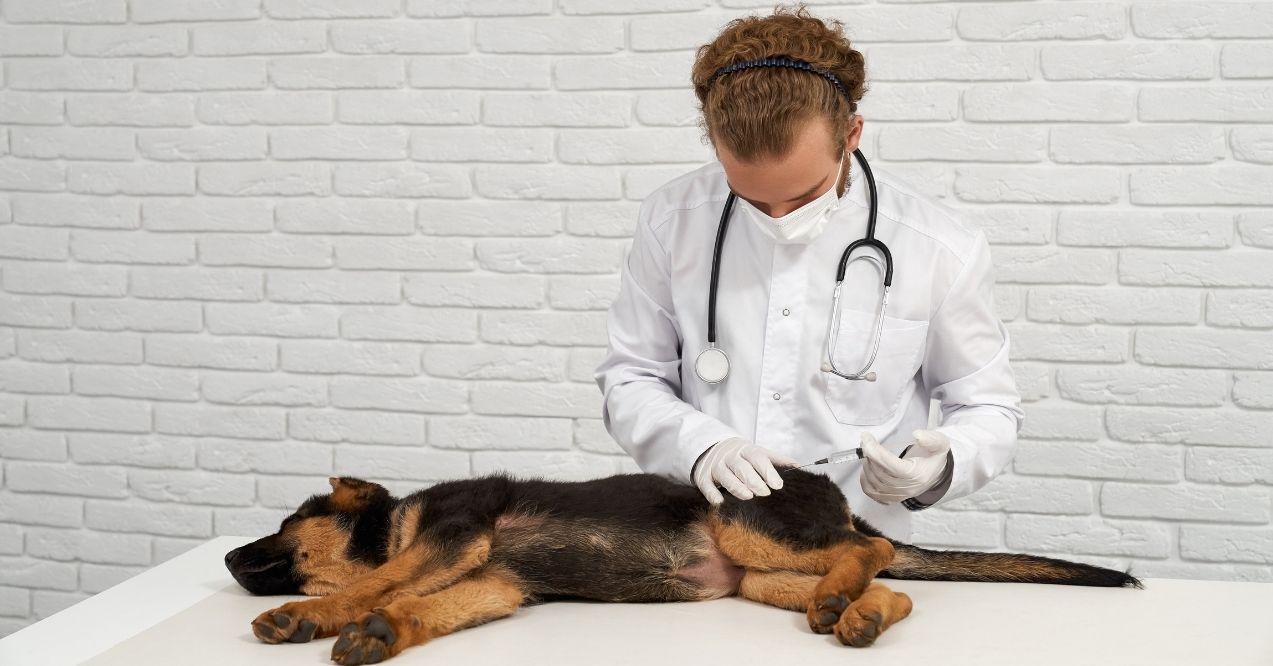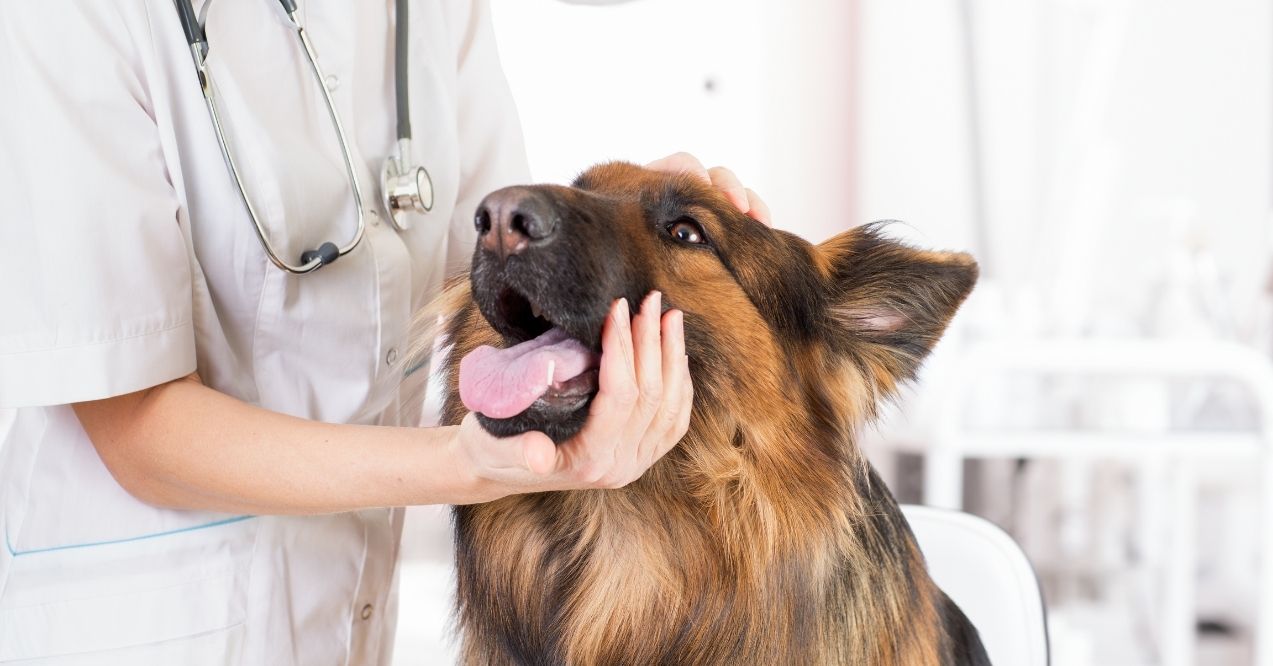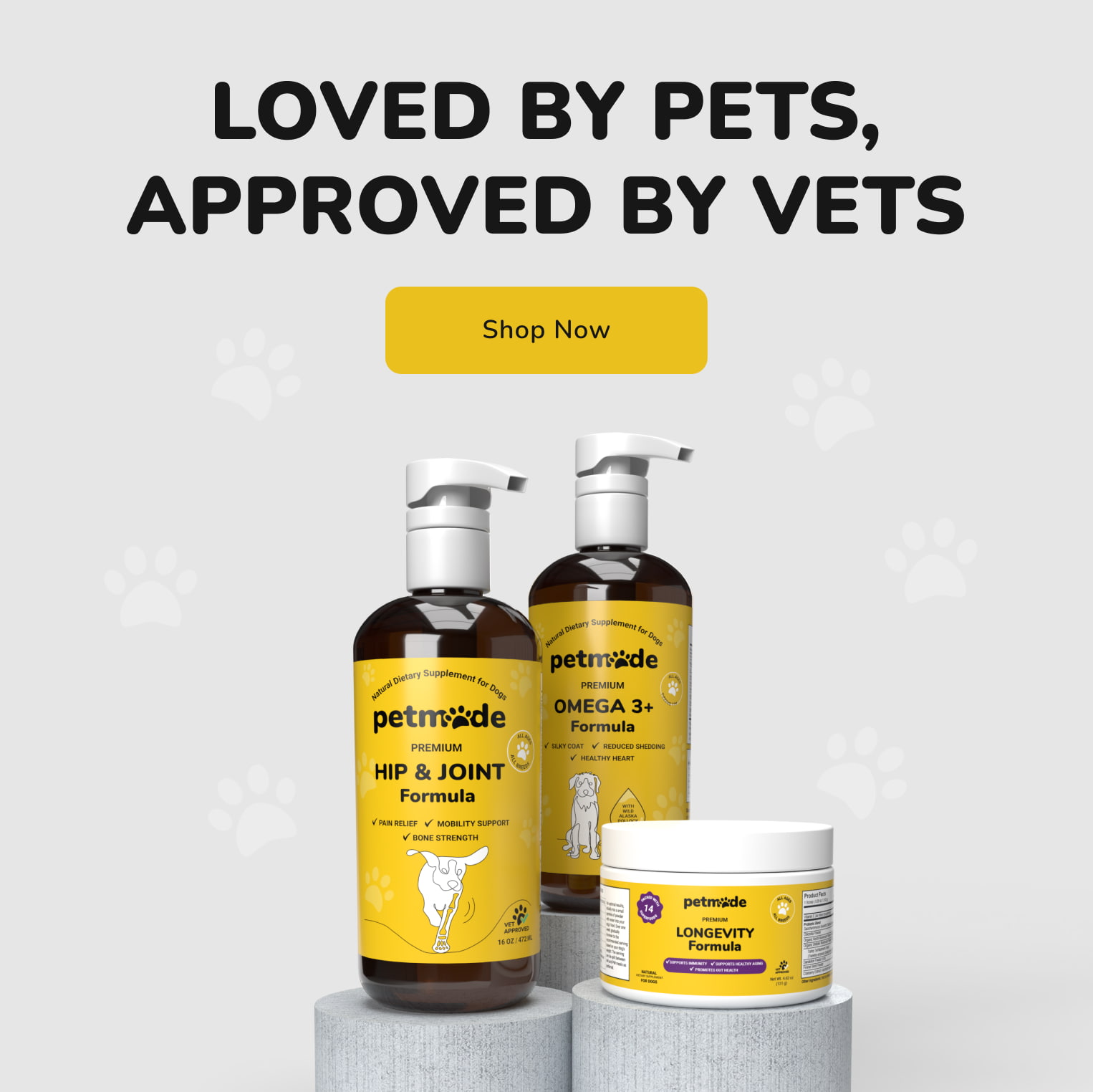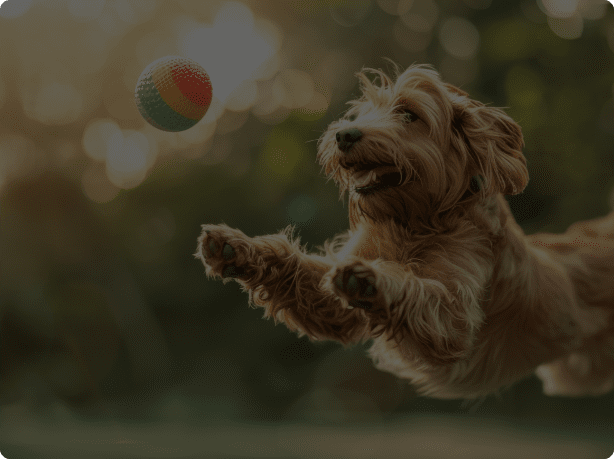Do Toy Poodles Shed?
Toy Poodles capture hearts with their elegant appearance and compact size, but many potential owners wonder about one practical aspect: shedding. These intelligent companions have earned a reputation as minimal shedders, making them popular choices for tidy homes and allergy-sensitive families.
Learning about toy poodle breed characteristics helps set realistic expectations about their grooming needs. This guide explores a question: do Toy Poodles shed, the science behind their low-shedding coat, and practical care tips to keep both your pup and home looking their best.
Whether you’re considering adoption or already share your life with these charming dogs, you’ll discover everything needed to manage their unique coat effectively.
Do Toy Poodles Shed?
Yes, Toy Poodles do shed, but the amount is so minimal that many owners barely notice it. Unlike breeds that leave fur on every surface, Toy Poodles release very small amounts of hair that typically get caught in their curly coat rather than falling onto furniture.
This characteristic makes them one of the most popular choices for people seeking low-maintenance pets in terms of household cleanliness.
The term “hypoallergenic” often gets associated with Toy Poodles, though no dog is completely allergen-free. What makes these small companions special is their significantly reduced dander production combined with minimal hair loss.
Their unique coat properties mean that whatever small amount of hair they do release tends to stay tangled within their curls until brushed out, rather than floating through your living space.
Why Toy Poodles Are Low-Shedding
The secret behind minimal toy poodle shedding lies in their distinctive coat biology. While most dogs shed noticeably throughout the year, Toy Poodles possess several unique characteristics that dramatically reduce hair loss.
Their coat grows continuously, much more similar to human hair than typical dog fur. This fundamental difference affects everything from grooming needs to allergy considerations.
Knowing these biological factors helps owners provide better care and sets proper expectations for coat maintenance.
Single-Layer Coat Structure
Most dog breeds sport double coats featuring a protective outer layer and insulating undercoat. This undercoat sheds heavily during seasonal transitions, creating those infamous “fur tumbleweeds” in homes.
Toy Poodles, however, have only a single coat layer. This streamlined structure eliminates the massive seasonal shedding cycles that plague double-coated breeds.
Without an undercoat to blow out twice yearly, toy poodle hair shedding remains consistently minimal throughout all seasons.
Curly Hair That Traps Loose Fur
Those adorable corkscrew curls serve a practical purpose beyond aesthetics. The tight curl pattern acts as a natural trap for any loose hairs that would normally fall out.
When Toy Poodles do shed individual hairs, these strands become tangled within the surrounding curls rather than dropping onto your floors. This built-in filtration system means you’ll find most loose hair comes out during brushing sessions rather than accumulating on your furniture.
The denser the curl, the more effective this natural hair-catching mechanism becomes.
Long Hair Growth Cycle
Toy Poodles experience an extended hair growth cycle compared to typical shedding breeds. While many dogs cycle through growth, rest, and shedding phases quickly, Poodle hair remains in the active growth phase much longer.
This extended timeline means individual hairs stay attached to the follicle for months rather than weeks. The result is a coat that continuously grows longer rather than regularly falling out and regenerating.
This biological advantage significantly reduces the overall volume of hair loss.
Age and Seasonal Factors
While Toy Poodles maintain their low-shedding reputation throughout life, certain age-related changes may influence coat behavior. Puppies undergo a natural coat transition that temporarily increases hair loss, while senior dogs might experience thinning due to natural aging processes.
Environmental factors play a smaller role than with other breeds, but indoor heating and air conditioning can still affect coat condition. Recognizing these life stages helps owners distinguish between normal variations and potential health concerns.
Most importantly, Toy Poodles never experience the dramatic seasonal shedding that affects double-coated breeds, keeping home maintenance consistently manageable year-round.
Puppy to Senior Coat Changes
Toy Poodle puppies arrive with soft, fluffy coats that differ from their adult hair texture. Between 6-12 months, they shed this puppy fur to reveal their mature curly coat. During this transition, owners may notice slightly increased hair loss – the only significant shedding phase in a Toy Poodle’s life.
Adult coats remain stable until senior years, when some thinning may occur. Elderly Toy Poodles might shed marginally more as hair follicles naturally weaken with age, though this increase remains minimal compared to other breeds.
Seasonal Shedding Myths
Many dog owners brace for spring and fall shedding seasons, but Toy Poodles break this pattern entirely. Their single-layer coat doesn’t respond to seasonal temperature changes with massive hair loss.
While double-coated breeds blow out entire undercoats, do toy poodles shed a lot during these times? Absolutely not. You might notice extremely minor fluctuations in loose hair during extreme weather transitions, but nothing approaching true seasonal shedding.
This consistency makes Toy Poodles ideal for those wanting predictable grooming routines without seasonal surprises.
How to Manage Toy Poodle Hair Shedding
Proper coat care keeps toy poodle shedding at its naturally minimal levels while promoting overall skin health. Regular maintenance prevents matting, which can trap dead hair and create skin irritation. The following grooming practices work together to maintain that signature Poodle coat in peak condition.
Brushing Tips
Daily brushing transforms from chore to bonding time when approached correctly. Use a slicker brush to gently work through curls, starting from the tips and moving toward the skin. This technique prevents painful pulling while effectively removing any trapped loose hairs.
Focus on areas prone to matting: behind ears, under legs, and around the collar area. For busy schedules, every-other-day brushing still maintains coat health.
The key is consistency – regular short sessions prevent tangles better than occasional marathon grooming attempts.
Bathing Schedule
- Bathe your Toy Poodle every 3-4 weeks using gentle, moisturizing shampoo
- Avoid over-bathing, which strips natural oils and may increase shedding
- Always fully dry the coat to prevent matting and skin issues
- Use lukewarm water to protect sensitive skin
- Consider professional grooming every 6-8 weeks for optimal results
Proper bathing frequency maintains the coat’s natural balance without causing dryness or irritation that could trigger excess hair loss.
Grooming Maintenance
Professional grooming every 4-6 weeks keeps Toy Poodle coats manageable and healthy. Regular trims prevent excessive length that leads to tangling and matting. Popular cuts include the puppy clip for easy maintenance or the teddy bear cut for adorable appeal.
Between professional visits, check ears weekly and trim nails monthly. Eye area hair needs special attention to prevent tear staining.
Investing in quality grooming tools for home touch-ups saves money while maintaining your pup’s appearance between appointments.
Diet and Coat Health
Nutrition directly impacts coat quality and shedding patterns. High-quality proteins support healthy hair growth, while omega fatty acids promote skin health and reduce any potential excessive shedding.
Fresh water availability prevents dehydration that can cause brittle, breaking hair. Some Toy Poodles benefit from supplements containing biotin and zinc for optimal coat condition.
Avoid sudden diet changes that might trigger temporary hair loss. Consistency in feeding premium foods designed for small breeds helps maintain that beautiful, low-shedding coat year-round.
Conclusion
Knowing how much do toy poodles shed helps set realistic expectations for grooming and home maintenance. These charming companions truly live up to their low-shedding reputation, making them excellent choices for clean homes and allergy-sensitive families. Their unique single-layer, curly coat naturally minimizes hair loss while requiring regular grooming to stay healthy.
With proper brushing, bathing, and professional grooming every 4-6 weeks, you’ll maintain that signature Poodle coat while keeping shedding virtually unnoticeable. Age-related changes remain minimal, and seasonal shedding simply doesn’t affect these special dogs.
No, Toy Poodles shed very minimally. Their curly, single-layer coat traps loose hairs, making them one of the lowest shedding dog breeds available.
Toy Poodles shed significantly less than most small breeds. While Chihuahuas or Yorkies leave noticeable fur, Toy Poodles release barely detectable amounts of hair.
No, Toy Poodles don’t experience seasonal shedding. Their single-layer coat maintains consistent minimal shedding year-round without spring or fall increases.
Advertisement. This site offers health, wellness, fitness and nutritional information and is designed for educational purposes only. You should not rely on this information as a substitute for, nor does it replace, professional medical advice, diagnosis, or treatment. If you have any concerns or questions about your health, you should always consult with a physician or other health-care professional. Do not disregard, avoid or delay obtaining medical or health related advice from your health-care professional because of something you may have read on this site. The use of any information provided on this site is solely at your own risk.

